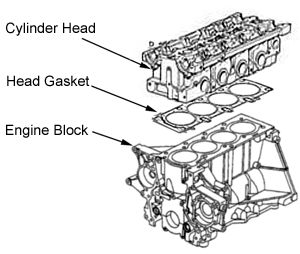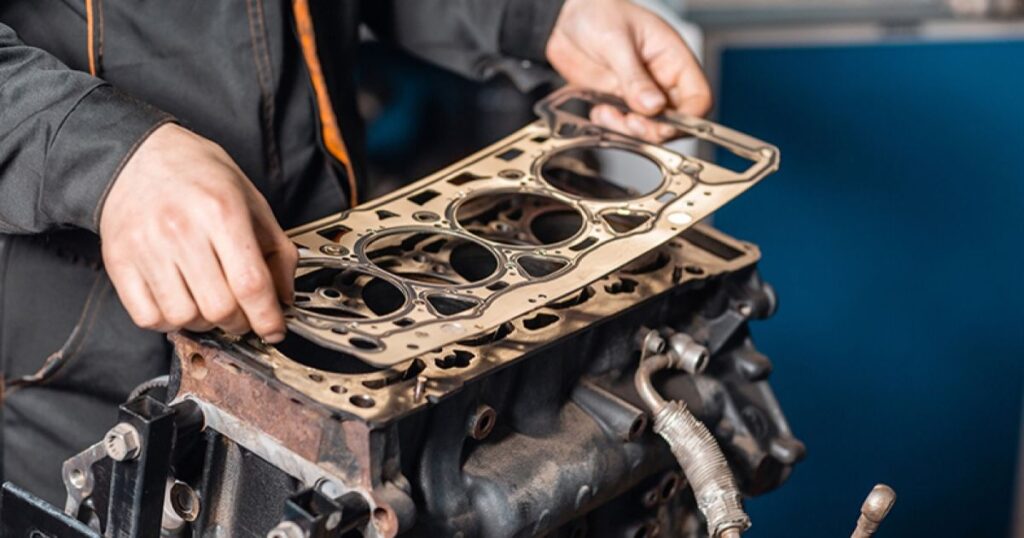Introduction
When it comes to understanding the intricacies of an engine, the cylinder head stands out as a crucial component. However, for many, it remains shrouded in mystery. Fear not! In this guide, we’ll delve deep into the world of engine cylinder heads, demystifying terminologies and shedding light on their importance. Whether you’re a car enthusiast or just curious about how engines work, this article is for you.
Engine Cylinder Heads and gasket head
Understanding Cylinder Heads
Cylinder heads are like the brain of an engine, overseeing crucial functions and ensuring everything runs smoothly. They sit atop the engine block, sealing the combustion chamber and housing vital components such as valves, springs, and spark plugs.
Anatomy of a Cylinder Head
At first glance, a cylinder head might appear simple, but it’s a marvel of engineering. It consists of various channels and passages that facilitate the flow of air and fuel, optimizing combustion. The head also provides mounting points for accessories like the intake and exhaust manifolds.
The Role of Gasket head
Imagine the cylinder head as a crown, and the gasket as the seal holding it in place. Gaskets prevent leaks between the cylinder head and the engine block, ensuring optimal compression and preventing contamination of oil and coolant.
Types of Cylinder Heads
Cylinder heads come in different configurations to suit various engine designs and performance requirements. From overhead valve (OHV) to overhead camshaft (OHC) setups, each type offers unique benefits in terms of efficiency and power delivery.

Importance of Cylinder Head Material
The choice of material for cylinder heads plays a significant role in engine performance and durability. Aluminum heads, for instance, are lightweight and dissipate heat efficiently, ideal for high-performance applications, while cast iron heads offer durability and resilience.
Small Block vs. Big Block Heads
When it comes to engine design, size matters. Small block heads are compact and lightweight, perfect for everyday driving and fuel efficiency, while big block heads offer greater displacement and power, suitable for heavy-duty applications like towing or racing.
Cylinder Head Replacement
Over time, cylinder heads may wear out or develop issues such as cracks or warping. When this happens, it’s crucial to replace them promptly to avoid further damage to the engine and ensure optimal performance and reliability.
Enhancing Performance with Aluminum Heads
For enthusiasts looking to squeeze every bit of performance out of their engines, aluminum heads offer a significant advantage. Not only are they lighter than their iron counterparts, but they also dissipate heat more effectively, allowing for higher compression ratios and improved power output.
Common Cylinder Head Issues
Despite their importance, cylinder heads are not immune to problems. Common issues include blown gaskets, warping due to overheating, and cracks caused by stress or corrosion. Regular maintenance and timely repairs are key to preventing these issues from escalating.
FAQs
FAQ: How do I know if my Car cylinder head gasket is blown?
Signs of a blown cylinder head gasket include white smoke from the exhaust, coolant leaks, and overheating. If you notice any of these symptoms, it’s essential to have your engine inspected promptly.
FAQ: What causes motor cylinder head warping?
Cylinder head warping is often caused by overheating, which can lead to uneven expansion and contraction of the metal. Poor maintenance, improper coolant levels, or a faulty thermostat can contribute to overheating.
FAQ: Can I drive with a cracked cylinder head?
Driving with a cracked cylinder head is not recommended as it can lead to further damage to the engine and potential safety hazards. It’s best to have the issue addressed by a qualified mechanic as soon as possible.
FAQ: What’s the difference between aluminum and iron cylinder heads?
Aluminum cylinder heads are lighter and dissipate heat more efficiently than iron heads, making them ideal for high-performance applications. However, iron heads offer greater durability and resistance to wear and tear.
FAQ: How often should I replace my cylinder head gasket?
The lifespan of a cylinder head gasket varies depending on factors such as driving conditions, maintenance, and engine design. As a general rule of thumb, it’s recommended to replace the gasket every 60,000 to 100,000 miles or as needed.

